Fossilized – the patterns of glyptodon shells
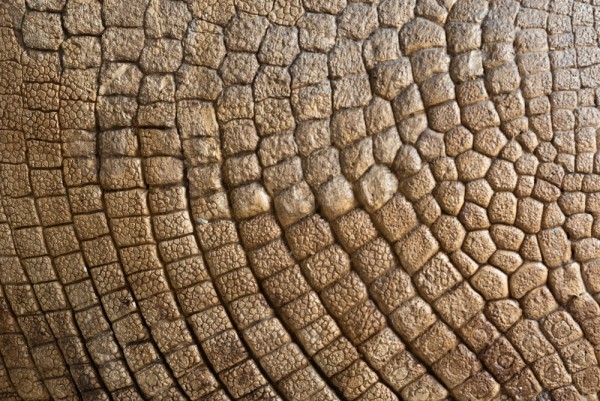
Glyptodons are the extinct ancestors of modern day armadillos. These giant mammals roamed the Americas from 2.5 million years ago until just as recently as 10,000 years ago before dying out during the megafaunal extinction. They were about the size of a Volkswagon Beetle and weighed as much too, due to their massive domed shell. The shell was constructed of hundreds of hexagonal plates formed of keratin called scutes. Each scute is about an inch thick and they interlock at their edges to made a huge rigid shell. Grooves in the scutes served as channels for blood vessels that nourished the Glyptodon’s skin. And holes in the scutes formed attachment points for hair follicles that served as sensors (important since they couldn’t see around their shell).
The type of tiling pattern seen in this shell remind me strongly of a tangent plane approach to paneling a surface of positive curvature.
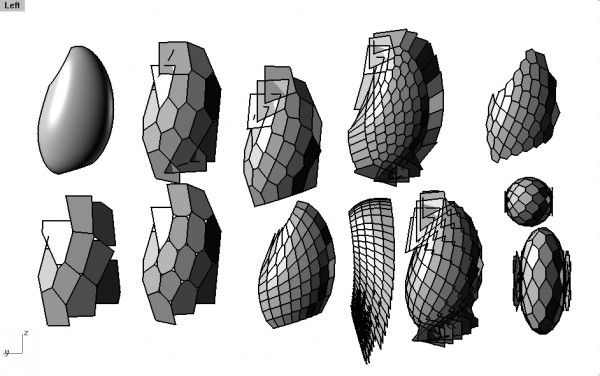
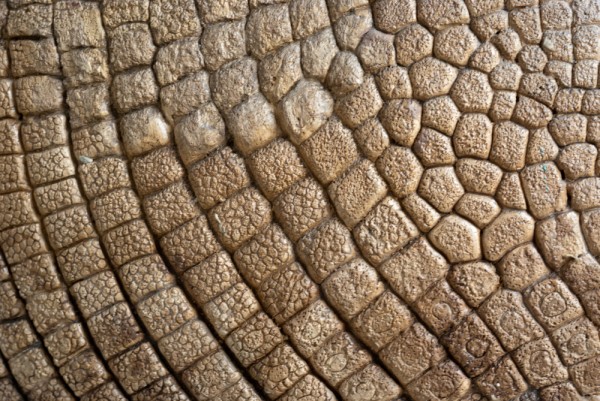
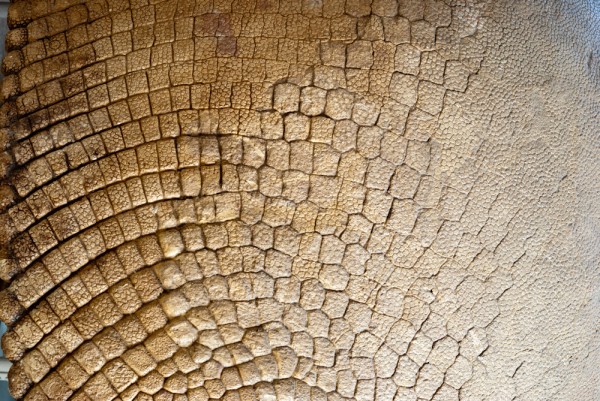
This fossil of a smaller glytodon called Propalaehoplophorus minor better shows the rosette pattern characteristic of glyptodon armor. Propalaehoplophorus lived during the Miocene era.
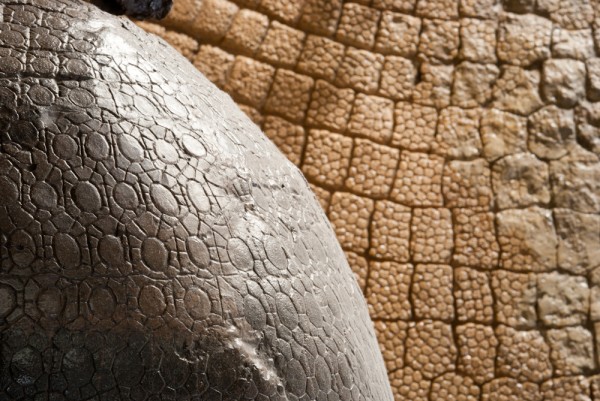
I photographed these tremendous fossils in the Wing of Mammals and Their Extinct Relatives at the American Museum of Natural History.
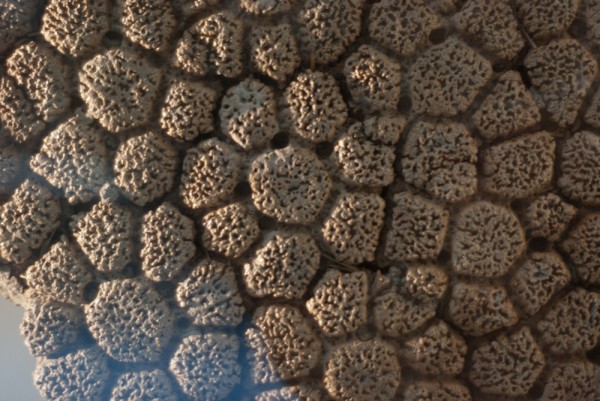
A close up view of the fossil scutes.

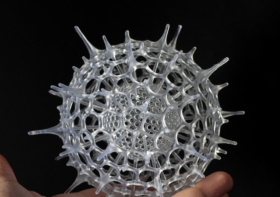
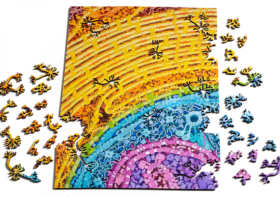
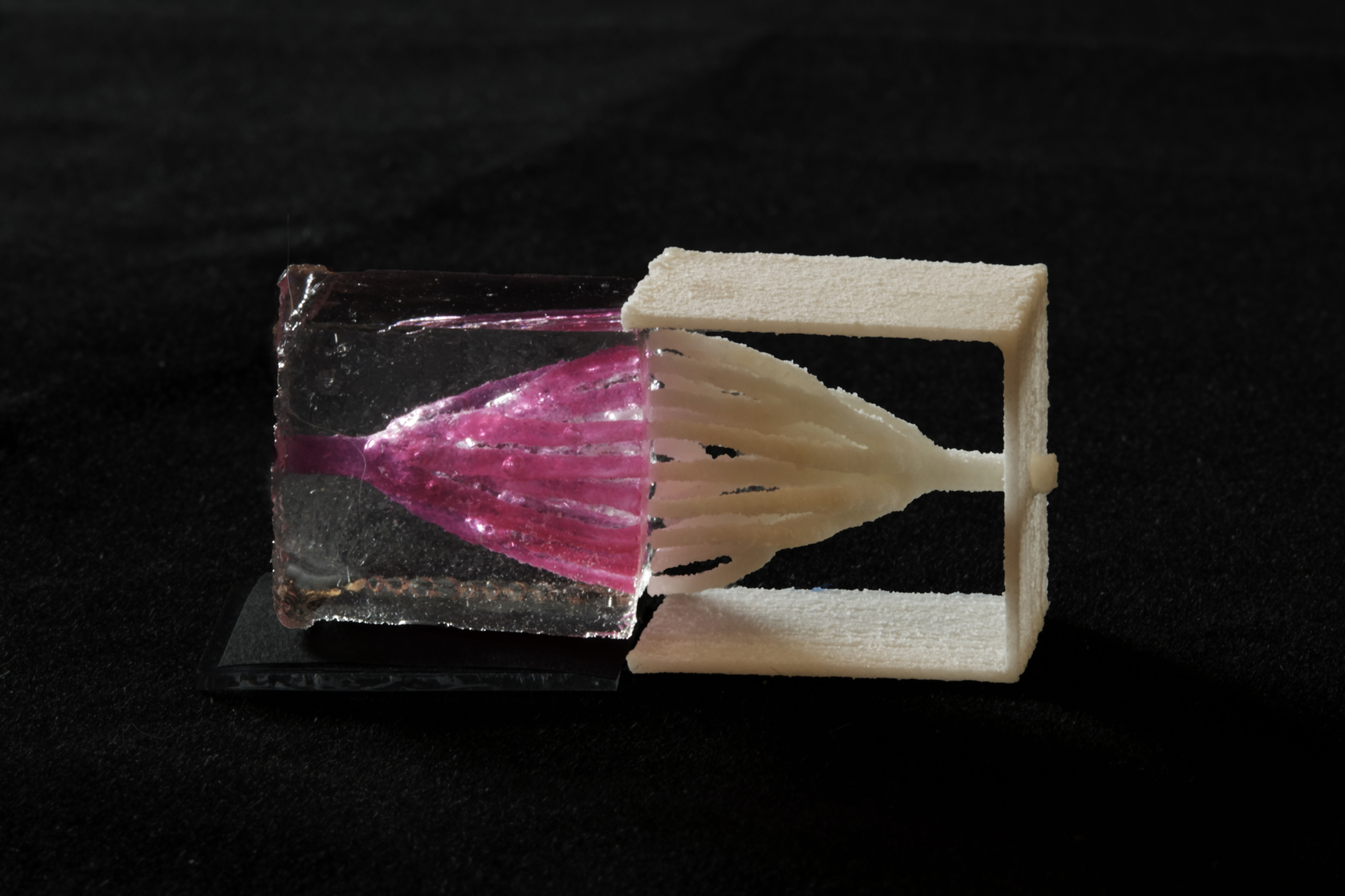
Marcin
This tangent plane panneling approach looks interesting. Is it custom code or you used some library in the example above?
Jessica Rosenkrantz
Hi Marcin. It’s code we wrote, but the approach is well known. One of the classes I had to take in Architecture grad school was a class by Preston Scott Cohen on discretizing curved surfaces. This approach was mentioned in class.
We talk a bit more about it here: http://n-e-r-v-o-u-s.com/blog/?p=1292 and http://n-e-r-v-o-u-s.com/blog/?p=1637